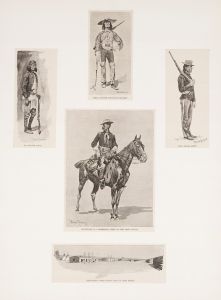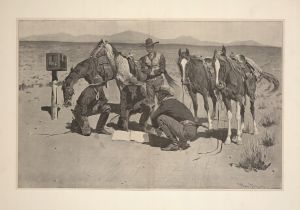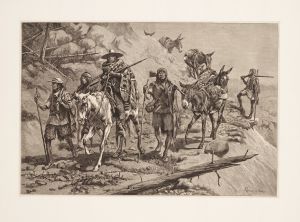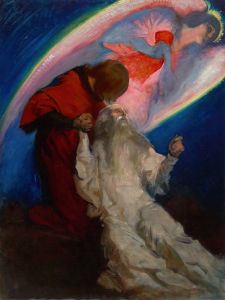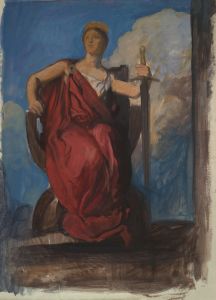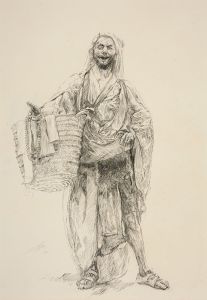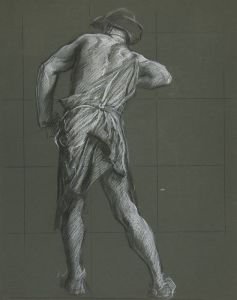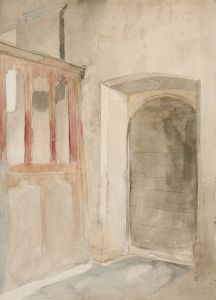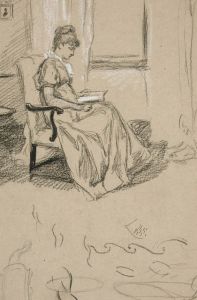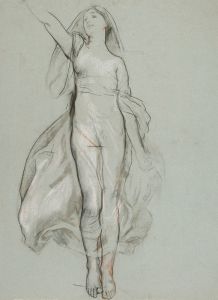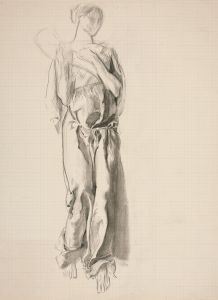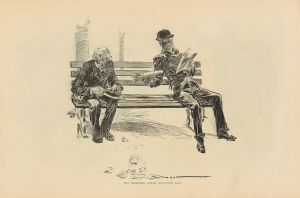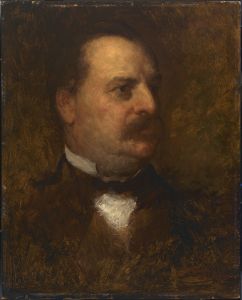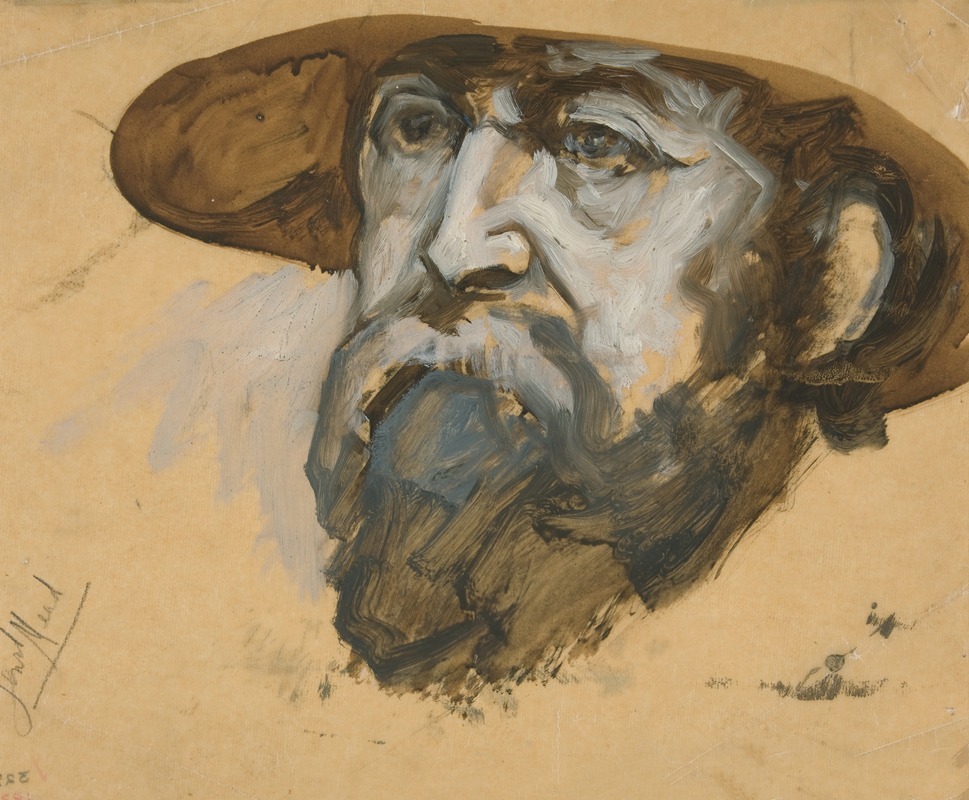
Study for General Meade
A hand-painted replica of Edwin Austin Abbey’s masterpiece Study for General Meade, meticulously crafted by professional artists to capture the true essence of the original. Each piece is created with museum-quality canvas and rare mineral pigments, carefully painted by experienced artists with delicate brushstrokes and rich, layered colors to perfectly recreate the texture of the original artwork. Unlike machine-printed reproductions, this hand-painted version brings the painting to life, infused with the artist’s emotions and skill in every stroke. Whether for personal collection or home decoration, it instantly elevates the artistic atmosphere of any space.
Edwin Austin Abbey was an American artist known for his illustrations and paintings, particularly those depicting historical and literary subjects. One of his works, "Study for General Meade," reflects his interest in historical themes, although specific details about this particular study are limited.
Edwin Austin Abbey was born on April 1, 1852, in Philadelphia, Pennsylvania. He began his career as an illustrator, contributing to magazines such as Harper's Weekly. Abbey's work was characterized by its attention to detail and historical accuracy, which made him a popular choice for illustrating classic literature and historical events. His reputation grew, and he eventually moved to England, where he spent much of his career.
Abbey's interest in historical subjects is evident in many of his works, including those related to the American Civil War. General George Meade was a prominent Union general during the Civil War, best known for his role in the Battle of Gettysburg. While Abbey's "Study for General Meade" is not as widely documented as some of his other works, it can be inferred that the study was part of his exploration of Civil War themes, possibly intended as a preparatory work for a larger painting or illustration.
Abbey's artistic process often involved creating detailed studies and sketches before completing a final piece. These studies allowed him to experiment with composition, lighting, and character portrayal. Although specific information about "Study for General Meade" is scarce, it is likely that this work was part of Abbey's methodical approach to capturing historical figures and events with accuracy and depth.
Throughout his career, Abbey was known for his meticulous research and dedication to authenticity. He often consulted historical texts, visited locations, and studied period costumes to ensure that his depictions were as true to life as possible. This commitment to historical accuracy was a hallmark of his work and contributed to his reputation as a leading illustrator of his time.
In addition to his illustrations, Abbey was also a successful muralist. One of his most significant commissions was the series of murals for the Pennsylvania State Capitol in Harrisburg, which depicted scenes from Pennsylvania's history. These murals further demonstrated his ability to convey historical narratives through art.
Abbey's contributions to the art world were recognized during his lifetime, and he received numerous accolades for his work. He was elected to the National Academy of Design in 1902 and became a member of the Royal Academy in London in 1898. His legacy continues to be celebrated for its impact on both American and British art.
While "Study for General Meade" may not be as well-documented as some of Abbey's other works, it represents his enduring interest in historical subjects and his commitment to capturing the essence of historical figures through art. Abbey's work remains an important part of the artistic exploration of history and literature, and his studies and illustrations continue to be appreciated for their detail and historical significance.





